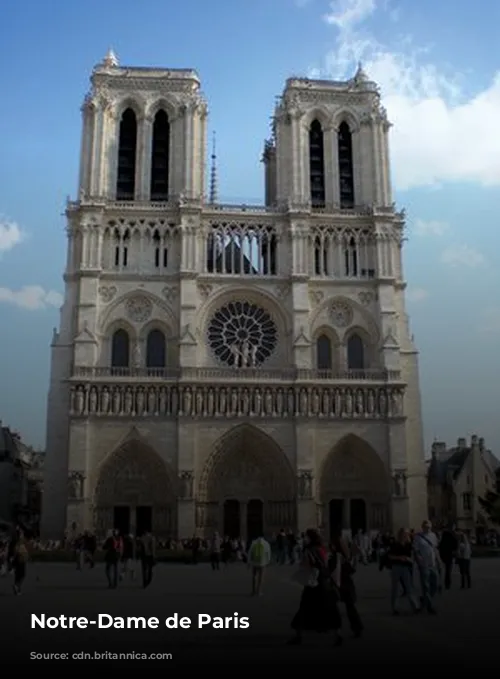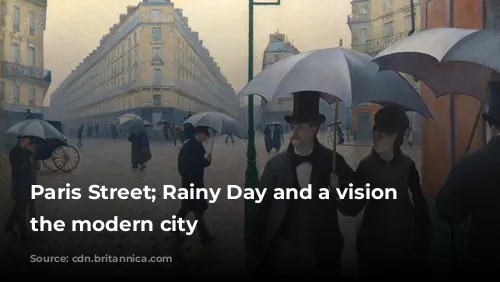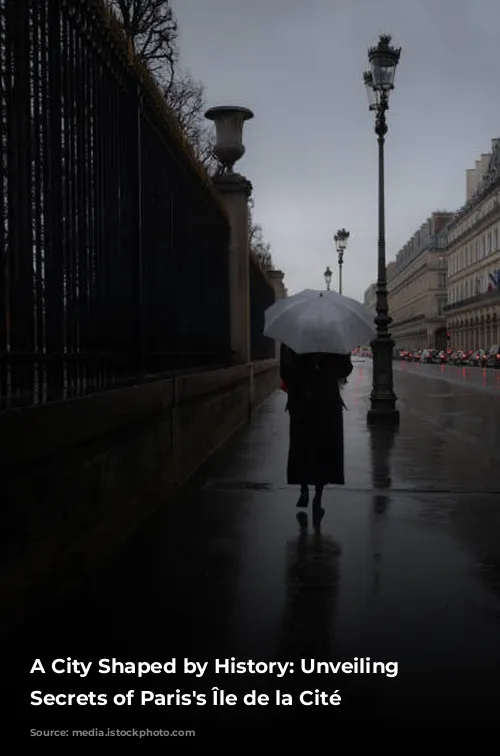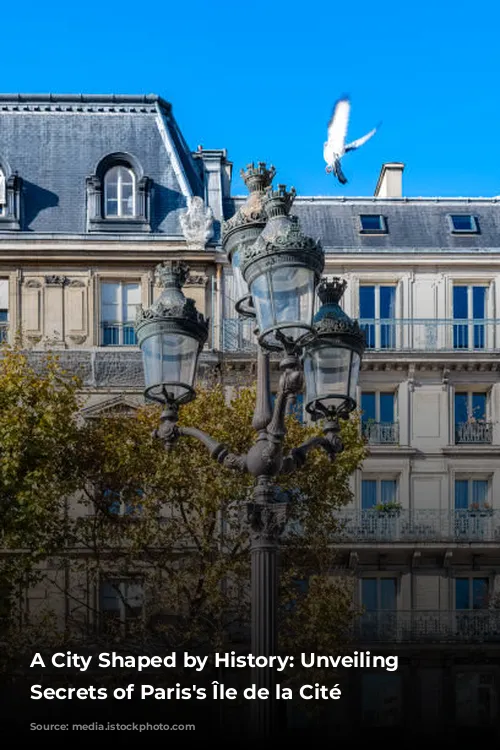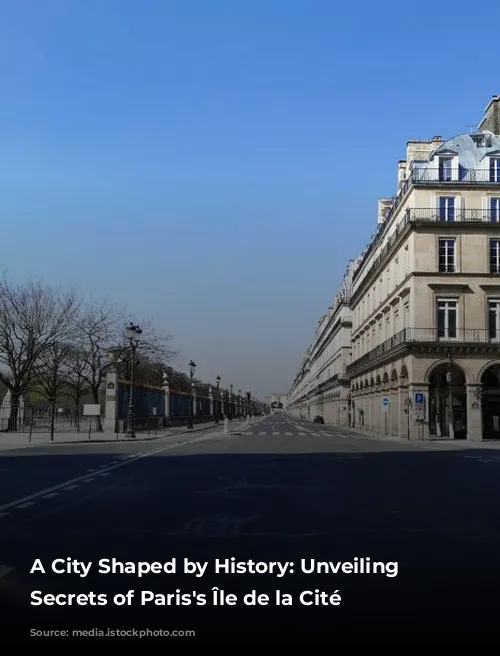Paris, a city renowned for its charm and beauty, boasts a captivating history that has shaped its landscape and culture. Nestled on the Île de la Cité, the city’s historical heart, lies a fascinating tapestry of stories woven through centuries.
A City of Walls and Bridges
The city’s strategic location on the western edge of Europe, bordering a plain near the sea, has blessed Paris with a mild climate influenced by the Gulf Stream. Yet, the weather can be unpredictable, especially during the winter and spring months. This temperate climate, coupled with the city’s strategic positioning, has attracted inhabitants since ancient times.
Over the centuries, Paris expanded outwards from the Île de la Cité, its growth marked by the construction of protective walls. The Romans established a town on the Left Bank, which tragically fell victim to barbarian raids in the 3rd century CE. The fire-blackened stones of this destroyed city were transported across to the Île de la Cité and used to build a defensive wall. This wall, neglected during times of peace, was rebuilt repeatedly throughout history. The Petit Pont, one of the earliest bridges connecting the Left Bank to the island, was fortified with a gate known as the Petit Châtelet. On the Right Bank, the Pont au Change was guarded by the Grand Châtelet, a formidable structure serving as a fort, prison, torture chamber, and morgue until its demolition in 1801.
Kings and Boulevards
In the late 12th and early 13th centuries, King Philip II commissioned the construction of a new wall that protected the settlements on both banks of the Seine. This was followed by further expansion under King Charles V in the 14th century, which included the formidable Bastille fortress, safeguarding the eastern approaches. The Louvre fortress guarded the western side.
Later, King Louis XIV replaced the Charles V walls with the Grands Boulevards, adorned with triumphal arches. These boulevards, inspired by the city’s strategic riverbank layout, still stretch from the Place de la Madeleine north and east to the Place de la République, remnants of a glorious past.
A City in Transformation
The 18th century witnessed the construction of a new wall with 57 tollhouses, designed to collect customs duties on goods entering Paris. These tollhouses, still standing at Place Denfert-Rochereau, symbolize a period of intense economic activity.
The final wall, built in the mid-19th century under King Louis-Philippe, was a true military installation, complete with outlying forts. This wall expanded the city’s boundaries to incorporate numerous hamlets, including Auteuil, Passy, Montmartre, La Villette, and Belleville, marking a significant change in the city’s physical layout.
The collapse of Napoleon III’s Second Empire in 1870 triggered a period of rebuilding and economic recovery. This, coupled with the Industrial Revolution, led to a massive influx of people into Paris. The city planner, Baron Haussmann, responding to this rapid growth, demolished the farmers-general’s walls and replaced them with wide, straight boulevards, transforming the city’s narrow streetscape. These boulevards, extended in 1925, are a testament to the city’s resilience and ability to adapt to changing circumstances.
The Heart of Paris: The Île de la Cité
Today, Paris is renowned for its beautiful boulevards, historical buildings, monuments, gardens, plazas, and bridges, creating a captivating urban landscape. Much of central Paris is recognized as a UNESCO World Heritage site, showcasing its rich cultural and historical significance.
At the heart of this urban tapestry lies the Île de la Cité, a ship-shaped island in the Seine river. This island, just 10 streets long and 5 wide, is the historic center of Paris, connected to the riverbanks by eight bridges and to the smaller Île Saint-Louis by a ninth.
The Pont Neuf, the oldest surviving bridge in Paris, despite its name, is a symbol of the city’s enduring strength and beauty. Built between 1578 and 1604, its sturdy structure has earned it the nickname “solid as the Pont Neuf,” a testament to its resilience and enduring relevance. The bridge, supported in the middle by the tip of the island, features five arches leading to the Left Bank and seven arches leading to the Right Bank. Its distinctive parapet corbels are adorned with over 250 grotesque masks, adding a touch of whimsy to its grandeur.
A City of History and Majesty
The Île de la Cité is home to some of Paris’s most iconic landmarks, each echoing a specific chapter in the city’s history. The Palace of Justice, a monument to the city’s legal system, stands on the site of the Roman governor’s palace. It was rebuilt by King Louis IX in the 13th century and later expanded by King Philip IV. The Conciergerie, added by Philip IV, with its imposing Gothic chambers, once served as a prison and is now a reminder of the city’s turbulent past.
The island is also home to the breathtaking Sainte-Chapelle, a masterpiece of Gothic Rayonnant architecture. Built by Louis IX between 1243 and 1248, this exquisite chapel, designed to house the Crown of Thorns, is a testament to the city’s artistic and religious spirit. The chapel’s stained-glass windows and intricate details create a captivating atmosphere, transporting visitors back in time.
A City that Evolves
The Île de la Cité has witnessed centuries of change, from the construction of defensive walls to the arrival of modern transport systems. It has endured political upheavals, fires, and transformations, yet it remains the heart of Paris, a symbol of the city’s enduring spirit and its capacity to embrace both its rich history and a vibrant future.
